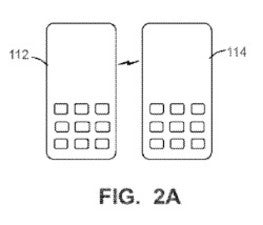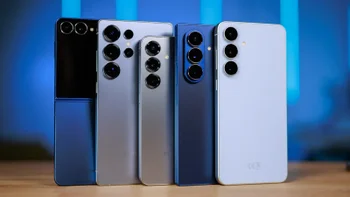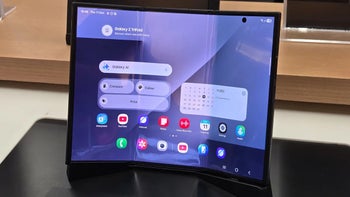Sony wants to turn your phone into a power vampire

An artist's depiction of the next Sony flagship
And this is just the beginning, as we haven't even touched the problem of power efficiency, which is miserable in most implementations. In other words, you'll drain much more battery power than you'll receive, resulting in a considerable net minus. And as for those batteries: the most commonly used type, Li-ion, isn't going anywhere any time soon, despite suffering from major power capacity reduction in a short span of time. So imagine how much worse your already failing year-old battery will get if another device starts regularly leeching off of it.

In any case, the technology for this patent simply isn't here yet, even if recent rumors have suggested it may be coming in the near future (but from Apple, rather than Sony). Still, the biggest hurdle for implementing at least some variation of this is shrinking down the power supply mechanism and figuring out how to cram it into a phone. And if Sony manages to do that, it might just put it in its next flagship, despite the general uselessness of it, à la Samsung and its heartbeat sensors.
source: USPTO via WhatAFuture
Follow us on Google News











Things that are NOT allowed:
To help keep our community safe and free from spam, we apply temporary limits to newly created accounts: